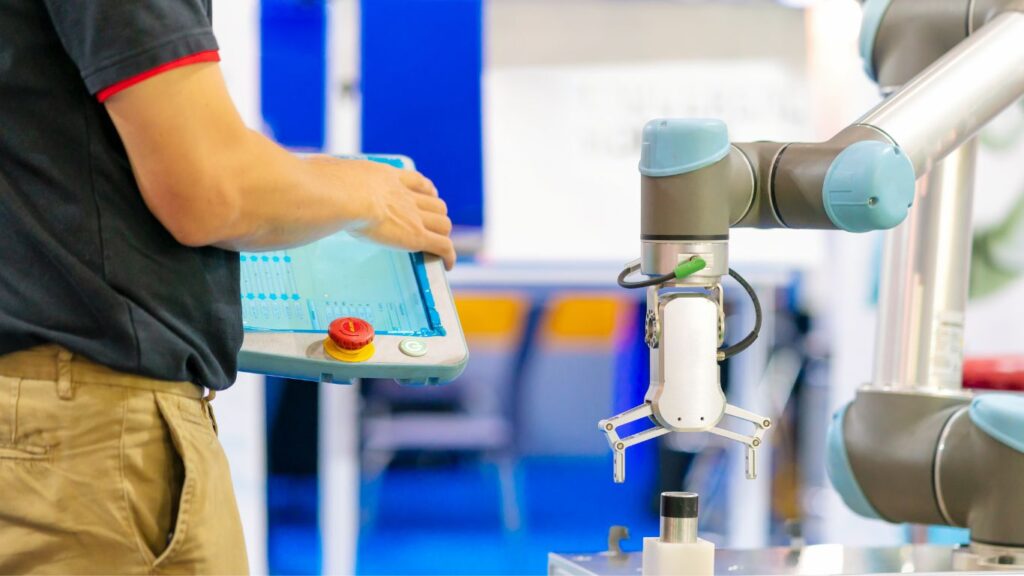

In recent years, the manufacturing industry has witnessed a remarkable transformation with the integration of cutting-edge technologies. One innovation that is reshaping the landscape of welding is the introduction of collaborative welding robots, often referred to as COBOTs. These sophisticated machines are changing the game by combining the precision of robotic welding with the adaptability of human workers.
Wondering what a collaborative welding robot even is? COBOTs are robotic systems designed to work alongside human operators in a shared workspace. Unlike traditional industrial robots that require isolated environments and safety barriers, collaborative robots are equipped with advanced sensors and safety features that enable them to collaborate with human workers without compromising safety.
Key features of collaborative welding robots and how they function:
Collaborative welding robots are equipped with a range of sensors and vision systems that allow them to perceive their environment. These sensors enable the robots to detect the presence of humans and other obstacles in real-time, ensuring a safe working environment. Vision systems enhance their ability to accurately locate welding joints and adapt to variations in workpieces.
Safety is paramount when humans and robots share a workspace. COBOTs are designed with safety features, such as force and torque sensors, that allow them to detect unexpected contact and immediately halt their movements. This ensures that human workers are protected from any potential accidents.
COBOTs are designed to be user-friendly, with intuitive interfaces that allow even non-experts to program and operate them. This democratization of robot programming enables quick integration into existing manufacturing processes without requiring extensive training.
Unlike traditional industrial robots that follow pre-programmed paths, COBOTs can adapt to changes in the environment and workpiece. This adaptability is crucial in dynamic manufacturing settings where variations in product design or production requirements are common.
COBOTs are poised to have a profound impact on the welding industry by increasing efficiency, improving quality and consistency, enhancing safety, bringing flexibility to the production process and cutting costs.
All in all, COBOTs are revolutionizing the welding industry by combining the strengths of automation with the adaptability of human workers. The collaborative future of welding is here, bringing with it a new era of innovation and opportunity for the manufacturing industry. Are you ready?
Atlas Welding Supply is excited to offer the Mod-Weld COBOT from APT Manufacturing. After careful consideration of many options, we chose APT as its preferred COBOT provider. We believe the Mod-Weld is an extremely robust and intelligent design. It is fully customizable at a competitive price point. You can specify the table size and shape, power supply size and configuration, shelves, drawers and accessories.
Industry Best Features:
Additional Features:
Power Supply Options:
We are here to help you through the process of deciding if COBOT belongs in your shop! Contact us to schedule a call with our Productivity Specialist, ask questions or see a virtual demo.